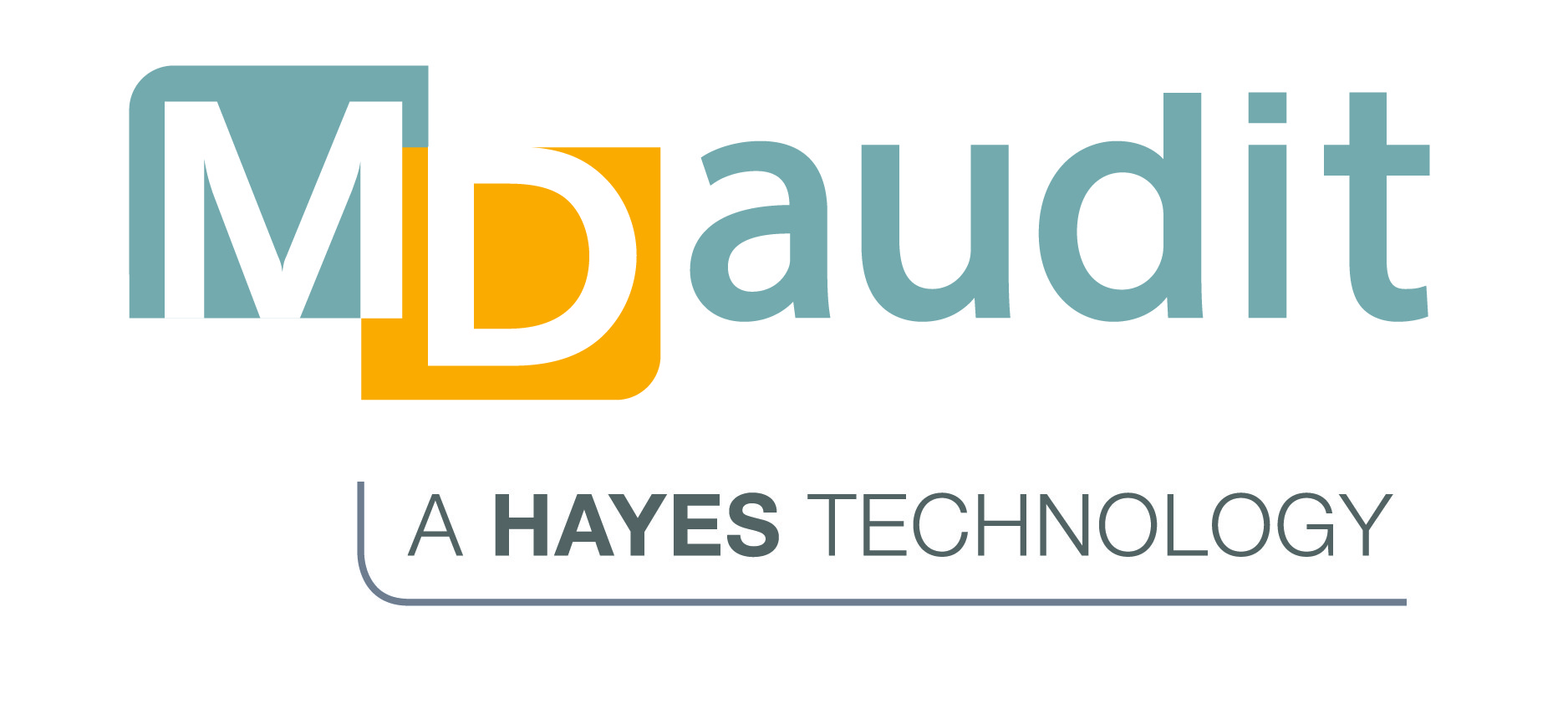Nov 17
2023
MDaudit Releases Service Provider Workflow to Support Line Service Provider Audits, Enhanced Provider Education
 MDaudit announced today the release of Service Provider Workflow. This latest enhancement to its industry-leading billing compliance and revenue integrity platform supports billing when rendering providers differ from service providers, reducing audit risks related to the billing of split/shared services.
MDaudit announced today the release of Service Provider Workflow. This latest enhancement to its industry-leading billing compliance and revenue integrity platform supports billing when rendering providers differ from service providers, reducing audit risks related to the billing of split/shared services.
Under changes to its Evaluation and Management (E/M) guidelines, the Centers for Medicare and Medicaid Services (CMS) require split/shared services — which are performed jointly between a physician and a non-physician practitioner (NPP) in the same group and in a facility setting — to be reported by the clinician who performs the substantive portion of the patient visit.
To qualify for billing under the physician’s national provider identifier (NPI), which nets a higher rate than those billed by NPPs, the physician must have performed more than half of the provided care, as determined either by time spent or through evaluation of key components including history, examination, or medical decision-making.
“Service providers perform and document services under the supervision of the rendering provider. However, under current CMS E/M guidelines, the claim is no longer billed by the rendering provider unless they have performed a substantive portion of the care, which introduces a new layer of complexity and compliance risk into the billing process,” said Catherine Proctor senior product manager, MDaudit. “MDaudit’s new Service Provider Workflow functionality reduces that risk by allowing customers to include the service providers who aren’t on the claim as part of an organized audit.”
Users can efficiently organize line service providers into provider groups and audit both professional- and hospital-based service providers. It also features the flexibility to perform audits at the rendering, attending, or service provider level, organize audits at the line service provider level, and exclude cases from rendering/attending provider-organized audits when different line service providers are involved.
“The benefits of this new process are numerous, including a better root cause analysis for errors and the ability to provide feedback directly to documenting service providers while more easily targeting residents, ‘incident to’ providers, locum tenens, and split/shared services,” said Proctor. “Service Provider Workflow features were popular asks from the MDaudit community, and we are excited to deliver them to our clients to help further reduce their audit risk.”